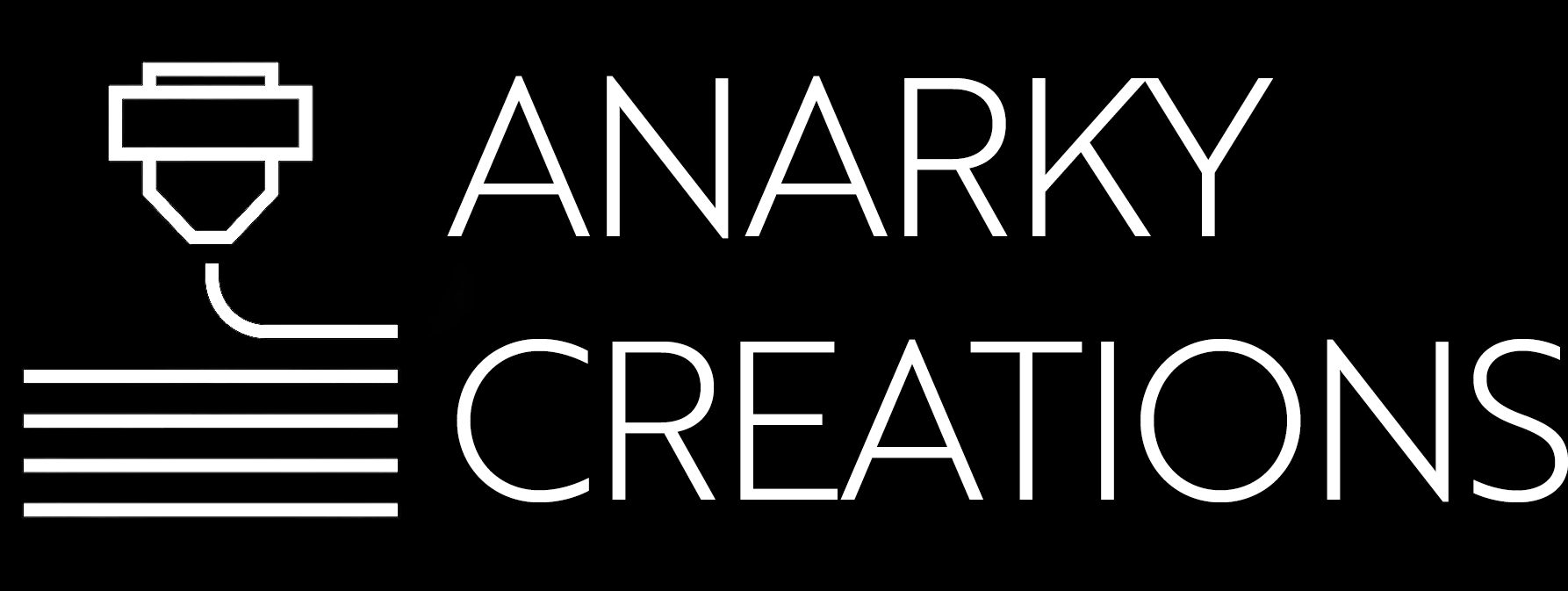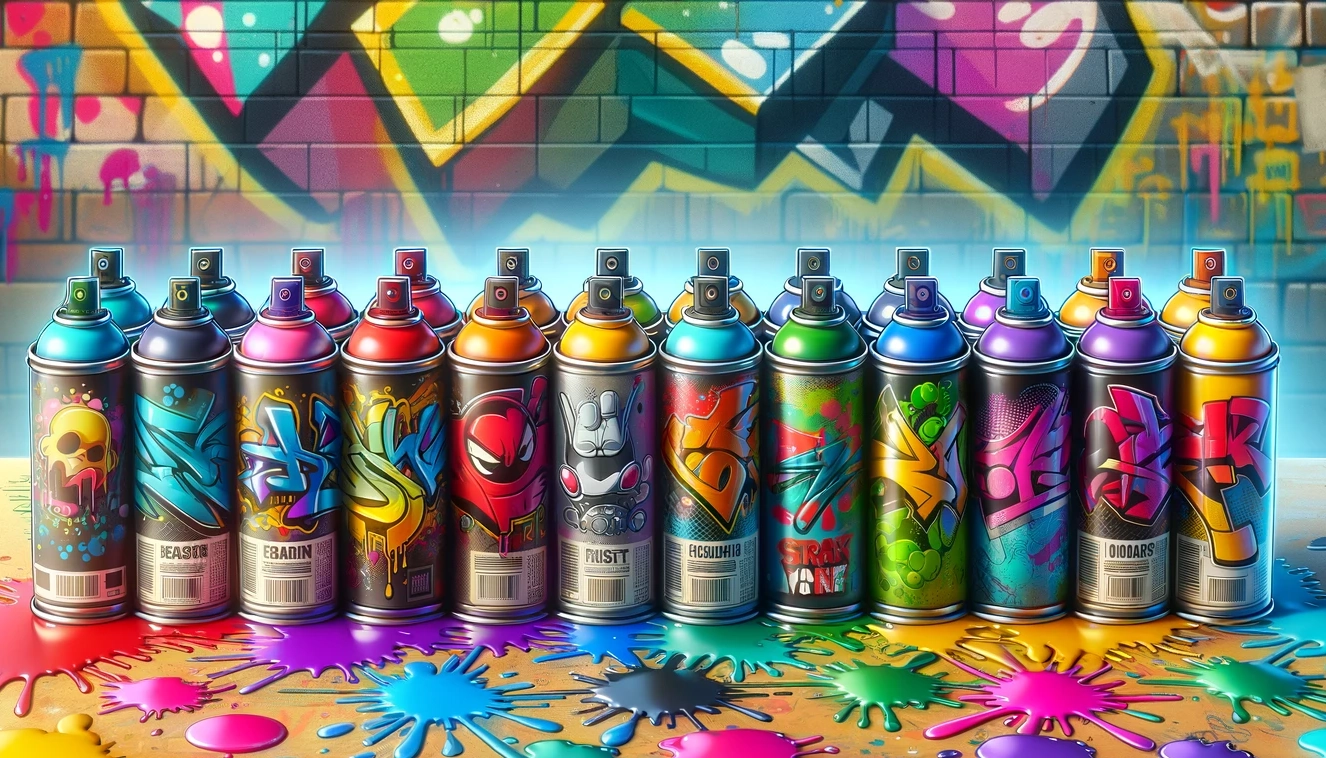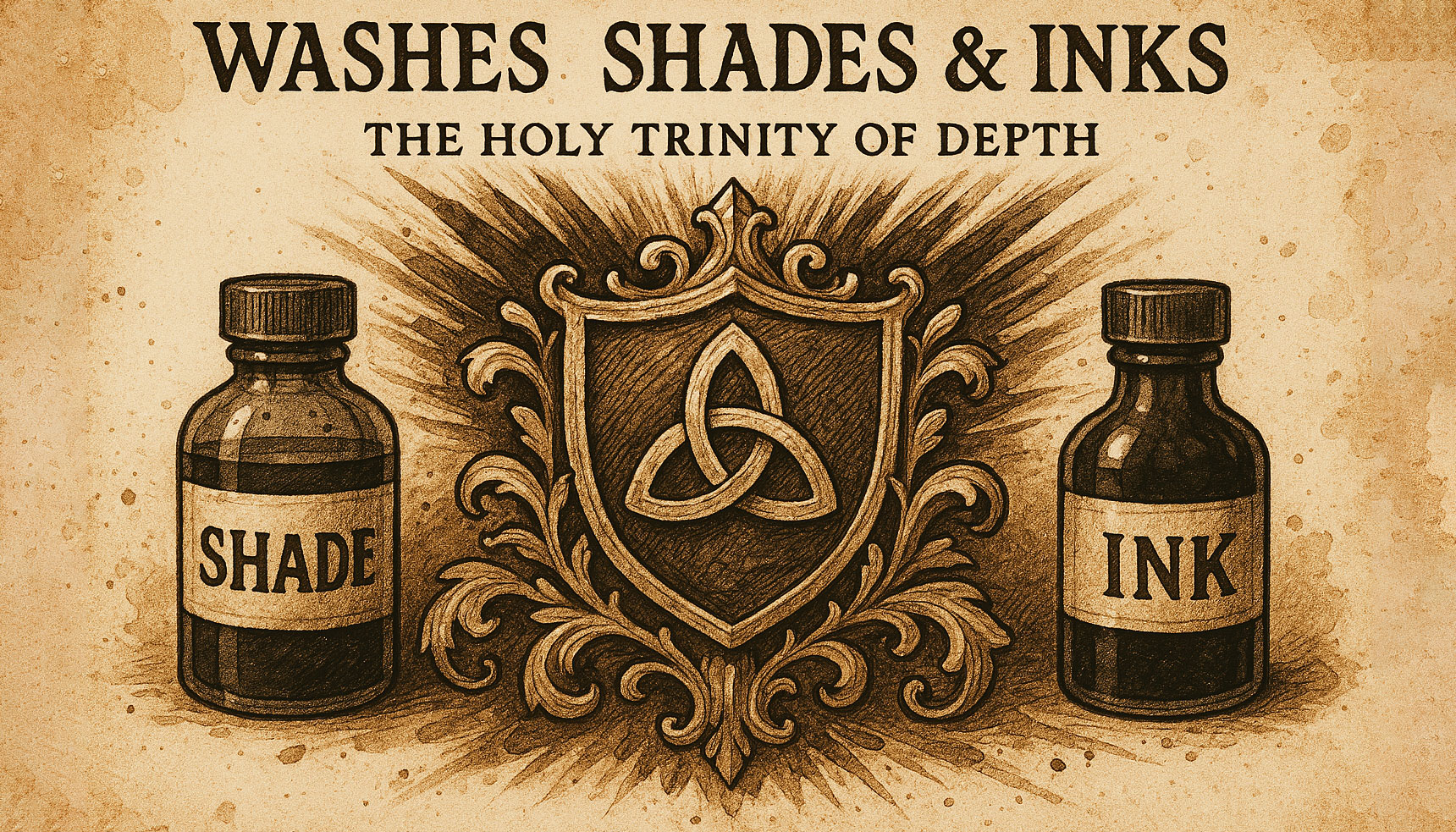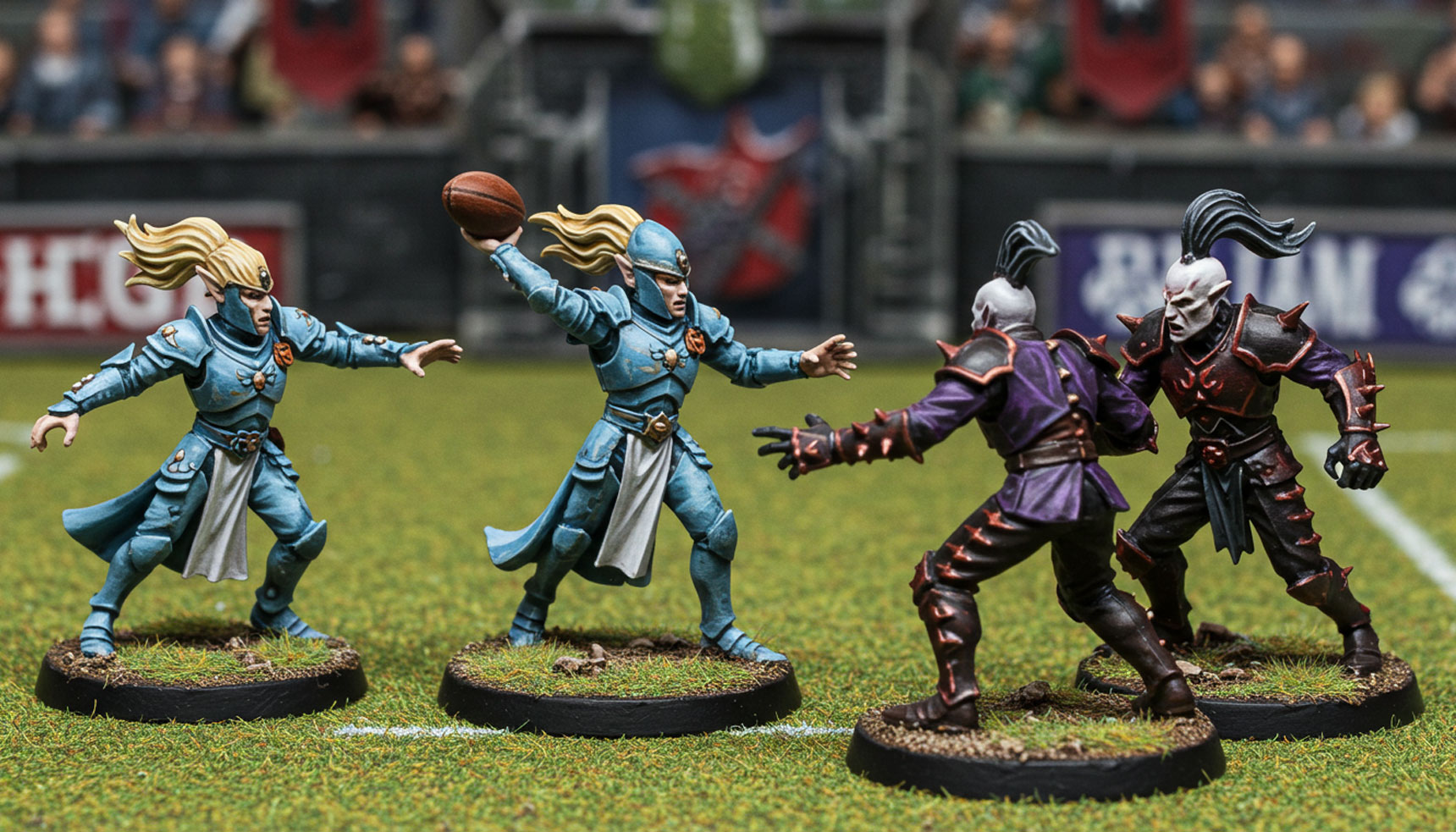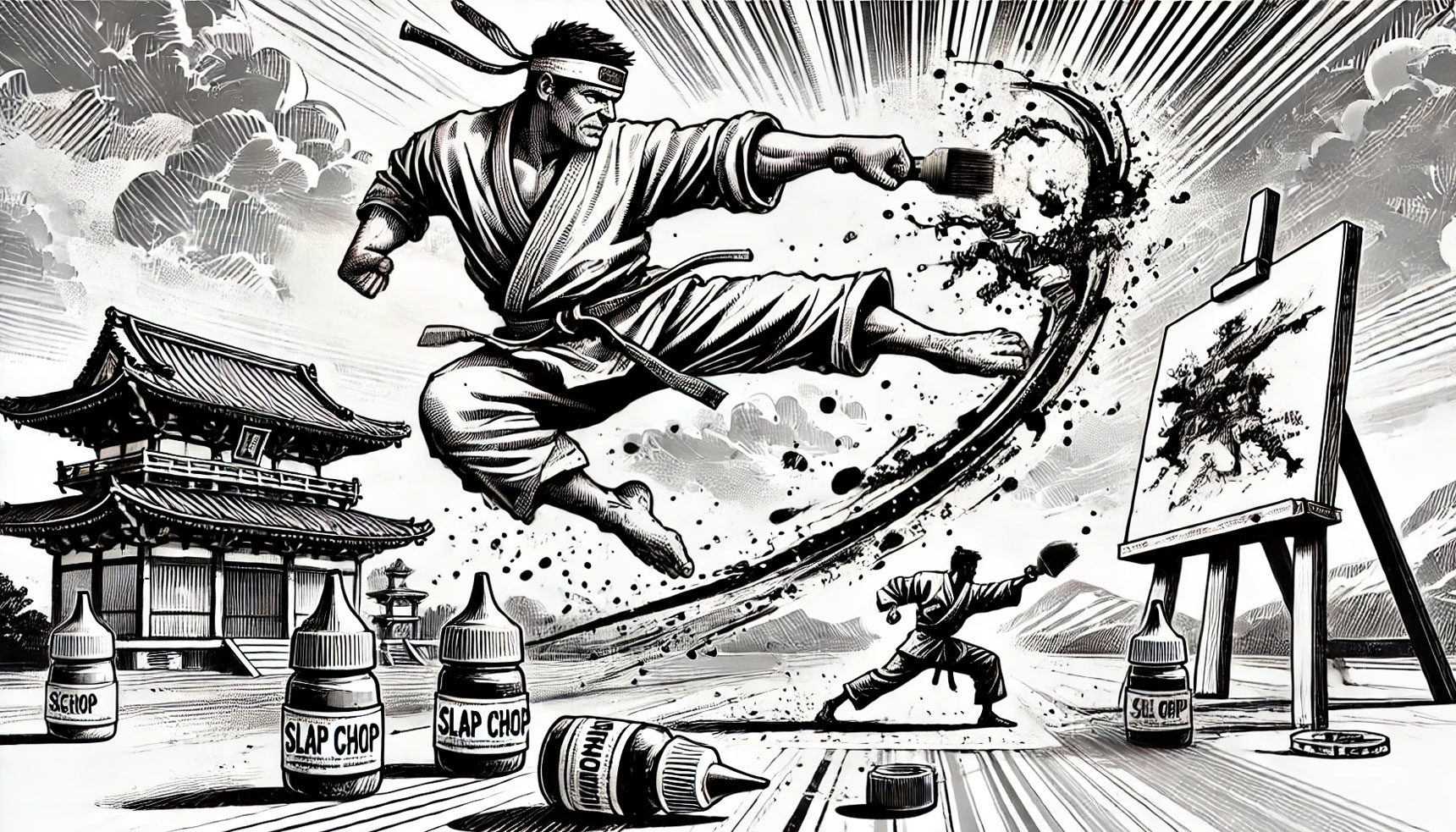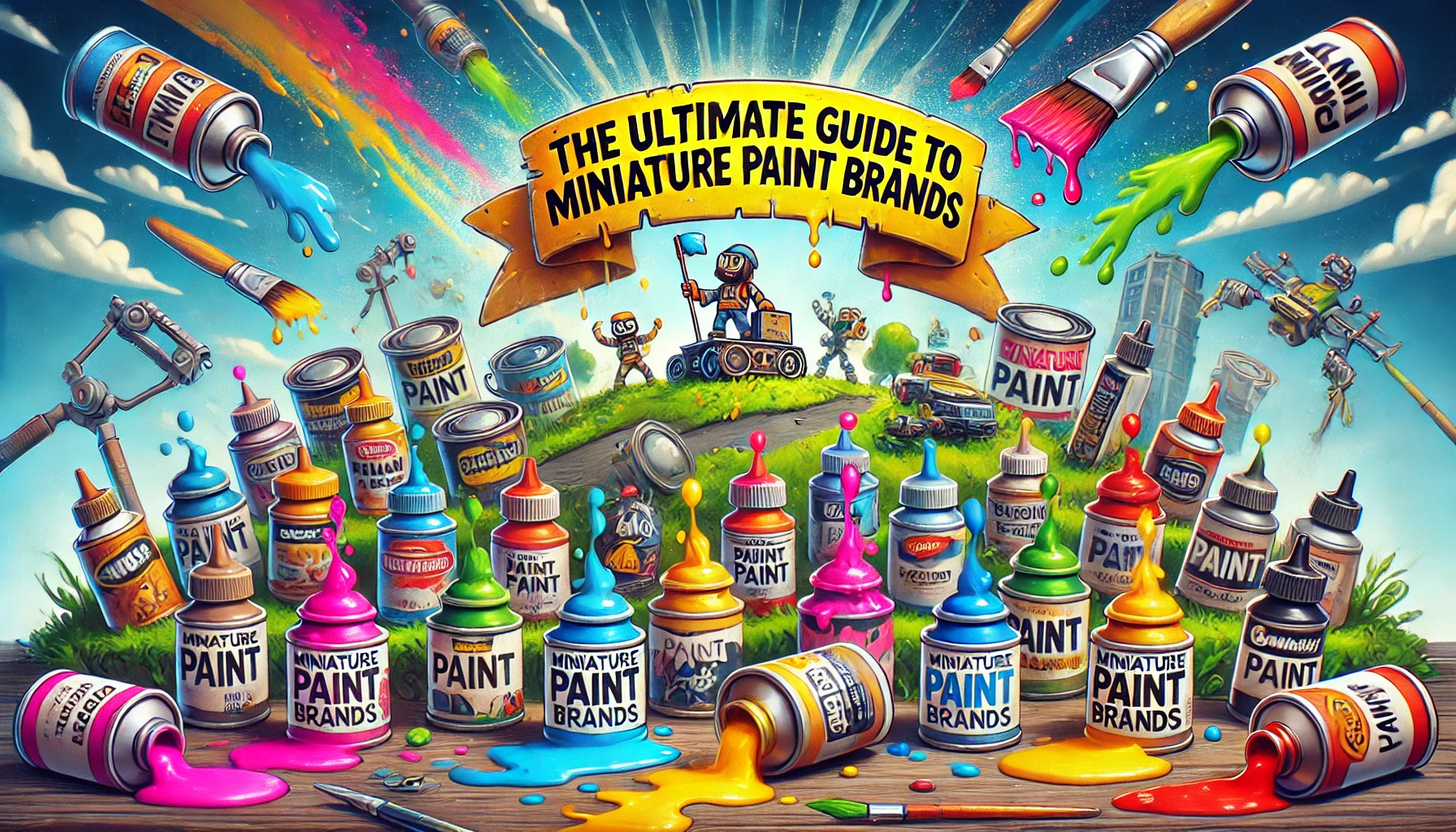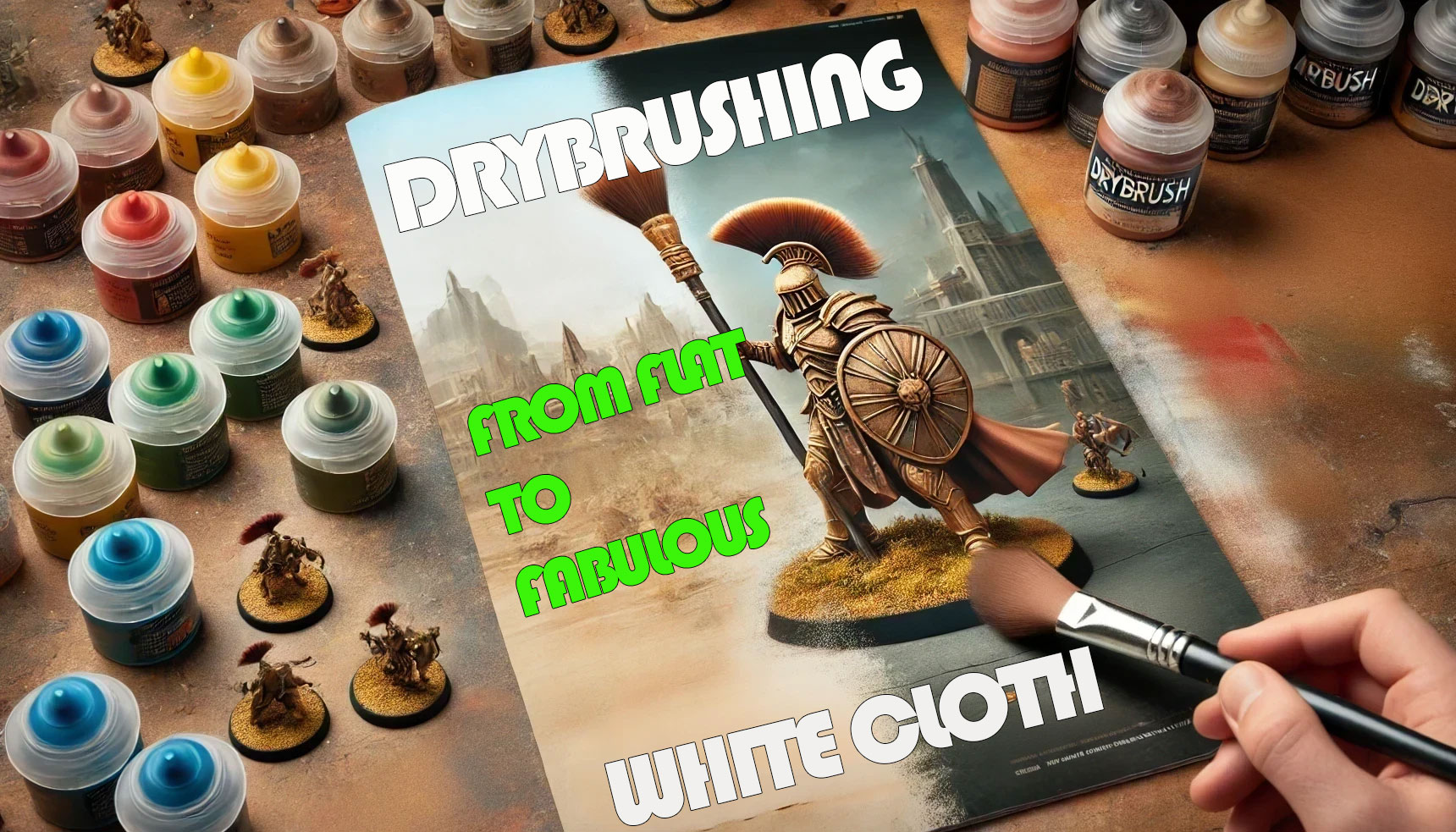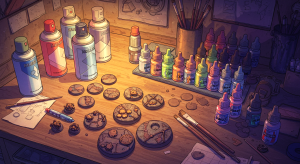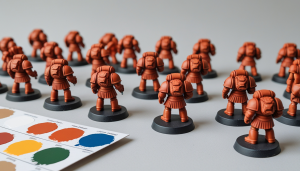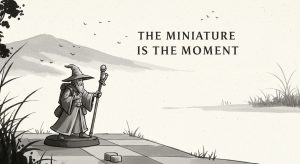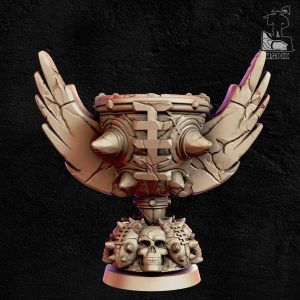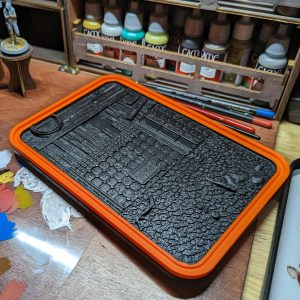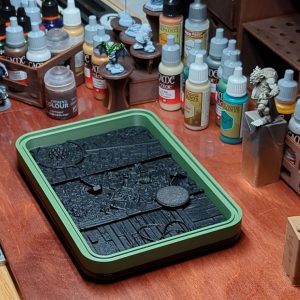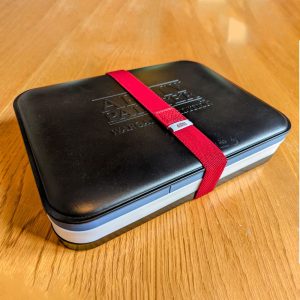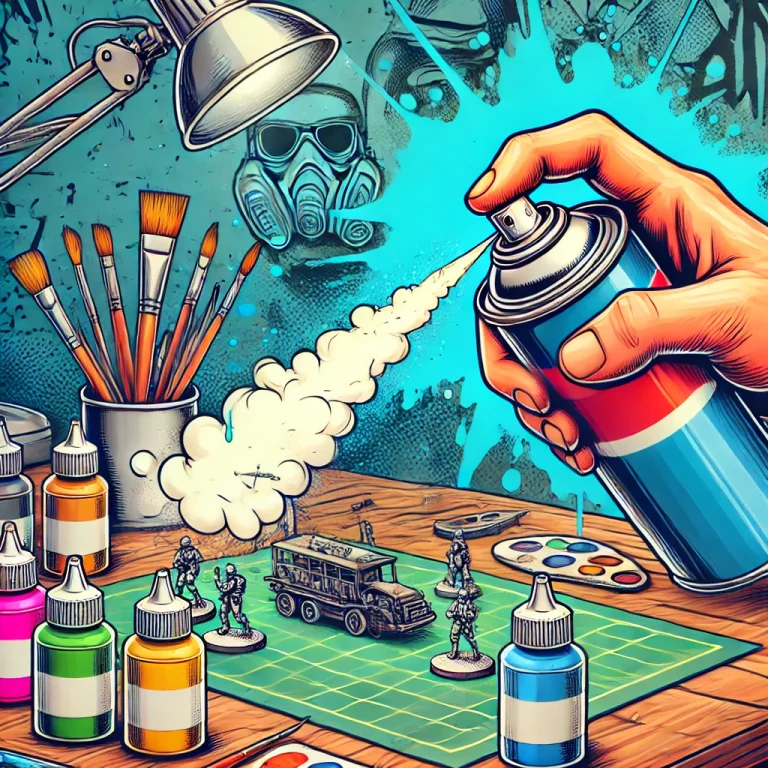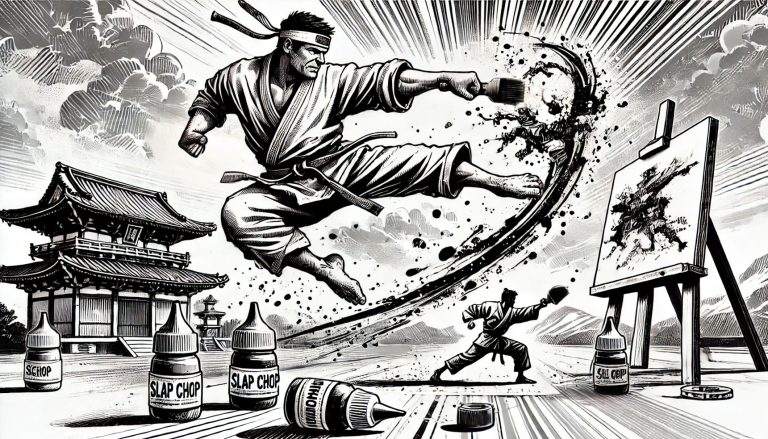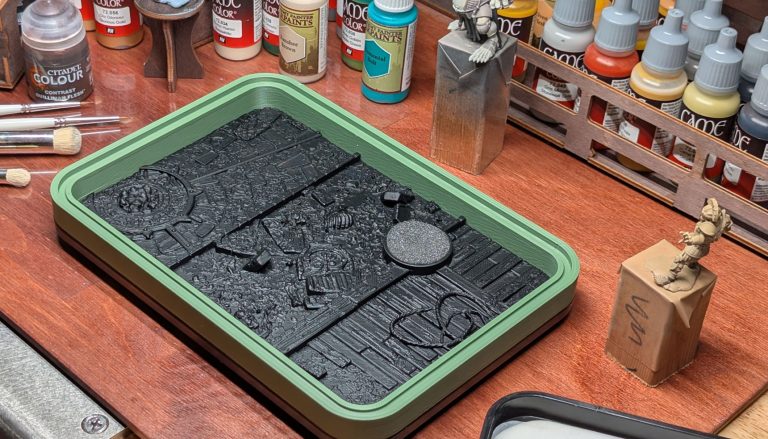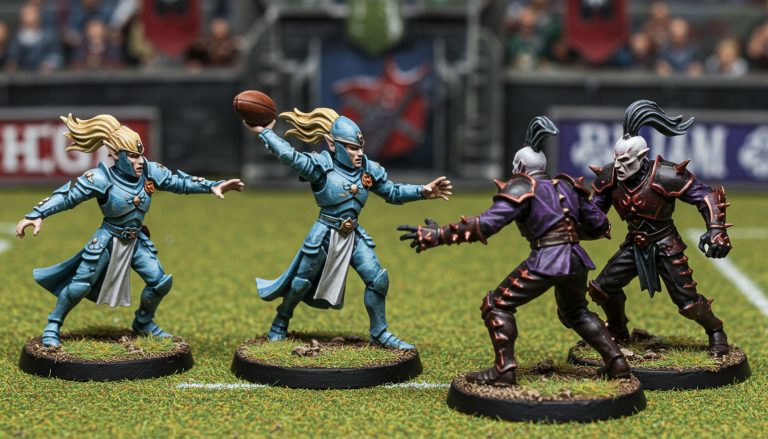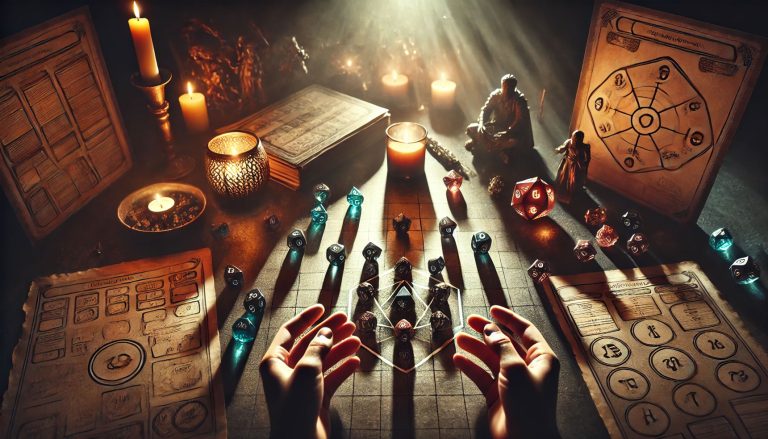Making a Primer Colour Decision for Miniature Painting
Making a primer colour decision for miniature painting can feel like an impossible task. After Choosing Primer Brand earlier this year we dived into the artistic and technical aspects of priming and wrestled with the gorgeous array of colour options from Colour Forge. It wasn’t easy to decide!
Why Primer Colour Decision Matters
A primer isn’t just a base coat, it’s the canvas on which you build your miniature’s personality. It determines how your paints settle, how light and shadow play across your model and even how easy or challenging it will be to bring out fine details. Whether you’re going for dramatic contrasts or subtle gradients, your primer sets the stage for everything that follows.
Whilst a solid dark prime can be hard work on its own and and challenging to build upon, its natural ability to deepen shadows makes it a classic choice for techniques like zenithal lighting and metallic finishing. In contrast, a light solid prime brightens the palette by infusing overlaid colours and glazes with vibrancy. However, achieving a flawless finish over a light solid prime can demand a high level of expertise.
For many miniature painters, a grey solid prime offers the perfect compromise, defining details with just the right amount of contrast even if its neutral tone feels rather uninspiring. We craved primers that burst with potential for vibrant hues. Colours that invite us in and promote creativity. In our view, painting should be an exhilarating journey of imagination, where each step sparks fresh ideas and breathes life into a miniature. This journey of imagination extends even to the priming process.
Primer Colours for Zenithal Priming
In contrast to solid priming, traditional zenithal techniques use three different primers – dark, mid and light tones. Carefully layered to highlight raised areas, simulate overhead light and add natural depth.
Colour Forge Finals
After a lot of contemplation we narrowed it down to these nine:
- MATT BLACK: A very matte finish that creates richly shadowed depths. Ideal for dark-themed miniatures and classic zenithal undershading.
- MATT WHITE: A clean, crisp base that makes colours pop. Perfect for high contrast painting, it allows for vibrant hues, though it demands a careful hand to cover every spot.
- GHOUL GREY: A versatile, well-balanced mid-tone that provides contrast without overwhelming the palette.
- TRENCH BROWN: Bringing an earthy, weathered feel. Trench Brown seems perfect for war torn or organic themed miniatures.
- TEMPEST BLUE: Bold choice to add cool, dramatic flair and stunning base for sci-fi or fantasy models. We see this as a dynamic starting point for a range of creative colour schemes.
- DESERT SAND: Warm, light tan for a natural, sandy tone, traditionally ideal for desert or terrain themed projects but we want to experiment. An inviting backdrop for a variety of overpainting techniques.
- DEAD ANIMAL BITS: With a name as intriguing as its tone, this primer looks perfect for bringing out character and adding interest.
- SIEGE ARMOUR: Engineered for models that demand a metallic armoured look, Siege Armour offers a robust base that’s perfect for weathering and metallic effects. A solid foundation for heavily armoured Miniatures and futuristic mech.
- RELIQUAEY RED: Our use case for this one was simple, we just wanted it!
Final Thoughts
Choosing your primer colour isn’t just about picking a colour – it’s about selecting the palette to support your own creative process. By investing in a range of colours we can make more informed decisions to enhance our work. We recommend beginners start with the essential trio (black, grey, white)to cover a broad range of scenarios. Once you’re comfortable, experiment with more specialised hues. While we selected NINE colours for our content creation, you don’t have to follow suit – let your project’s needs guide your choices.
UPDATE NOV 2025: We’re still happy with Colour Forge – so much so that this month, we became affiliates.
Happy priming, enjoy the journey as much as the final masterpiece!
What to Read Next
Want to take your priming game even further? Explore these related guides:
- Choosing a Primer for Miniature Painting
Understand types, spray vs. brush and what makes a good primer. - Spray Can Cap Cleaning and Maintenance
Avoid splatter disasters and get smoother coats every time.
